Xiangchao Meng
Quality Evaluation of Arbitrary Style Transfer: Subjective Study and Objective Metric
Aug 01, 2022
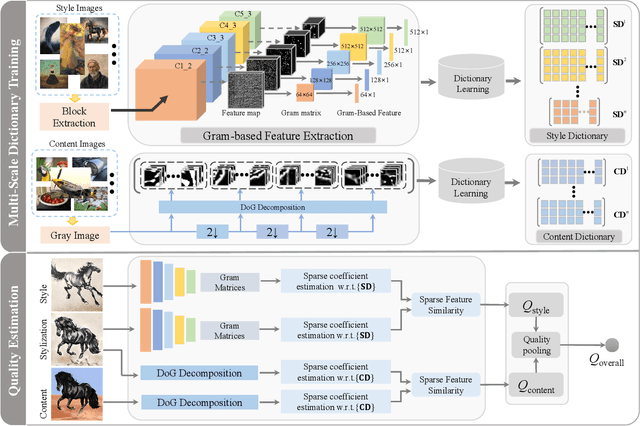
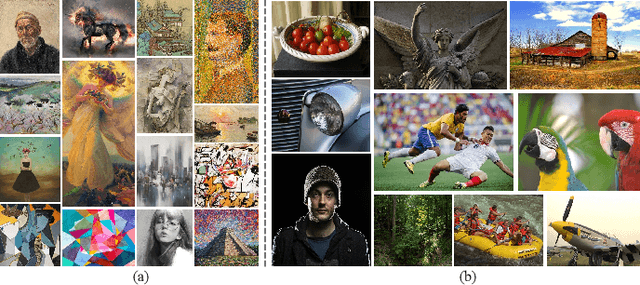

Abstract:Arbitrary neural style transfer is a vital topic with research value and industrial application prospect, which strives to render the structure of one image using the style of another. Recent researches have devoted great efforts on the task of arbitrary style transfer (AST) for improving the stylization quality. However, there are very few explorations about the quality evaluation of AST images, even it can potentially guide the design of different algorithms. In this paper, we first construct a new AST images quality assessment database (AST-IQAD) that consists 150 content-style image pairs and the corresponding 1200 stylized images produced by eight typical AST algorithms. Then, a subjective study is conducted on our AST-IQAD database, which obtains the subjective rating scores of all stylized images on the three subjective evaluations, i.e., content preservation (CP), style resemblance (SR), and overall visual (OV). To quantitatively measure the quality of AST image, we proposed a new sparse representation-based image quality evaluation metric (SRQE), which computes the quality using the sparse feature similarity. Experimental results on the AST-IQAD have demonstrated the superiority of the proposed method. The dataset and source code will be released at https://github.com/Hangwei-Chen/AST-IQAD-SRQE
A Multi-Scale and Multi-Depth Convolutional Neural Network for Remote Sensing Imagery Pan-Sharpening
Dec 28, 2017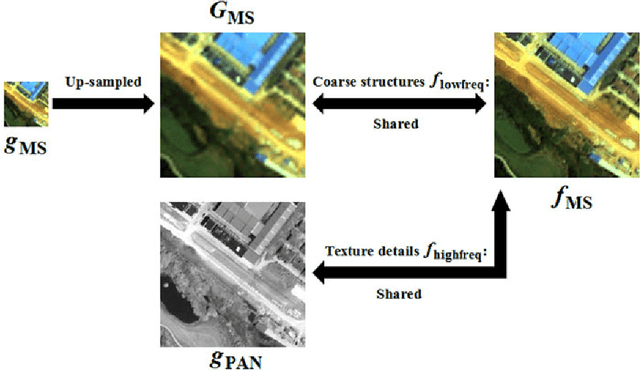
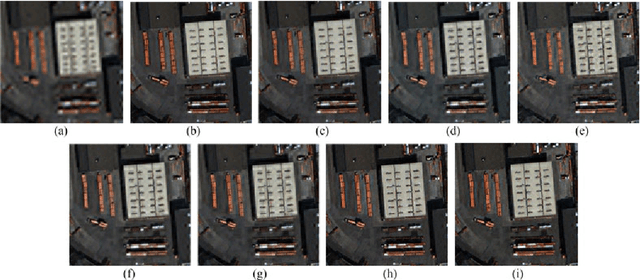
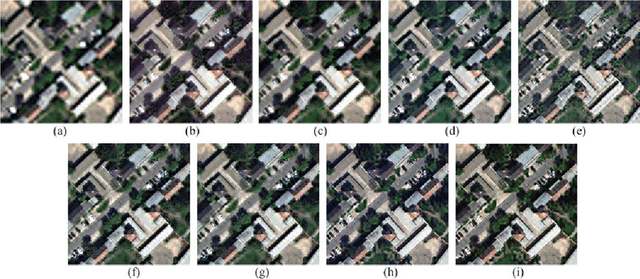
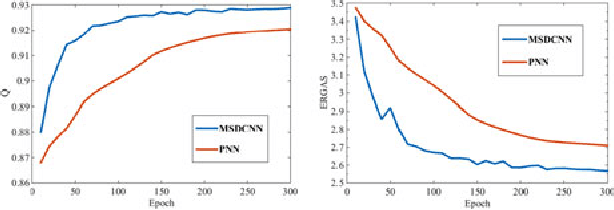
Abstract:Pan-sharpening is a fundamental and significant task in the field of remote sensing imagery processing, in which high-resolution spatial details from panchromatic images are employed to enhance the spatial resolution of multi-spectral (MS) images. As the transformation from low spatial resolution MS image to high-resolution MS image is complex and highly non-linear, inspired by the powerful representation for non-linear relationships of deep neural networks, we introduce multi-scale feature extraction and residual learning into the basic convolutional neural network (CNN) architecture and propose the multi-scale and multi-depth convolutional neural network (MSDCNN) for the pan-sharpening of remote sensing imagery. Both the quantitative assessment results and the visual assessment confirm that the proposed network yields high-resolution MS images that are superior to the images produced by the compared state-of-the-art methods.
 Add to Chrome
Add to Chrome Add to Firefox
Add to Firefox Add to Edge
Add to Edge